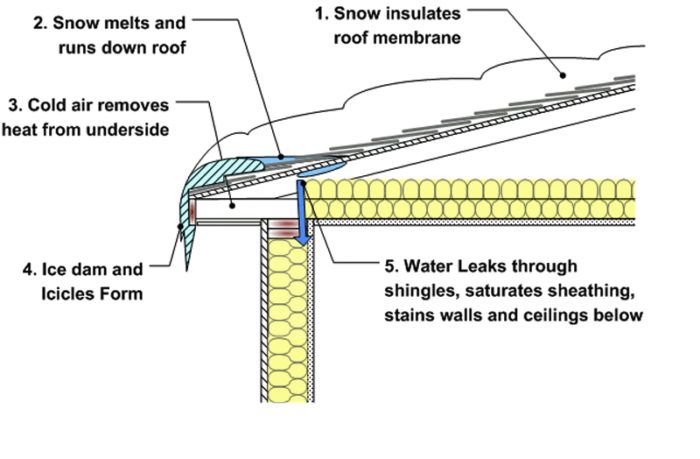Loft Conversion Warm Or Cold Roof

Roof and loft insulation can save you money keep your house warm and help the environment however it can also seem like a very complex subject which many different types of insulation available.
Loft conversion warm or cold roof. Energy efficiency grants are currently available for cold loft roof insulation. A cold loft is where you insulate immediately above the ceiling of the top storey so no heat from your home gets into your loft. Anything underneath the warm roof insulation is now part of the fabric of the building the same as the plywood or ceiling below it. This construction method is called a cold roof as the rafters are not part of the warm insulated part of the structure.
Ventilation is required for these roofs. Warm roof solutions are generally more expensive but they can provide a greater level of heat retention. If you are thinking of having a loft conversion built into your home or even if you already have one then these tips will come in handy when trying to keep the area cool as the temperature rises. If we learnt anything from science class it s that heat naturally rises which can mean that during the summer months our attic conversions can become exceptionally warm and stuffy.
For ventilation purposes and to avoid condensation forming ventilation is left usually around the perimeter of the roof soffit vents at the ridge or using tile vents. When adding the insulation to between the rafters there should be a 50 mm ventilation gap above the insulation between the insulation and the sarking felt. To help you learn about the types of insulation which will be best for your home we have compiled this guide to roof and loft insulation which are a great place to start when insulating your home. If it is not insulated or even poorly insulated the heat will escape and the house will never be as warm as it could be.
To create a warm loft on the other hand the insulation is divided between the loft floor and the underside of the roof. Taking this a step further if you add a loft conversion you need to be thinking about insulating the roof while the conversion is in progress. Introduction warm cold roofs this guidance offers guidance on the difference benefits between warm and cold roofs. A cold roof is a roof that has insulation just in the floor of the loft insulating the space below but leaving the loft space uninsulated.
A warm roof is a roof that has insulation in the loft walls and floor meaning that the loft space is insulated. This means that some heat can get into the loft and regulate its temperature but is prevented from escaping through the roof. Regulations on loft conversion insulation. Cold deck roof a cold deck roof is where the insulation is placed between the joists rafters or in between the ceiling joists in the case of a pitch roof.














































